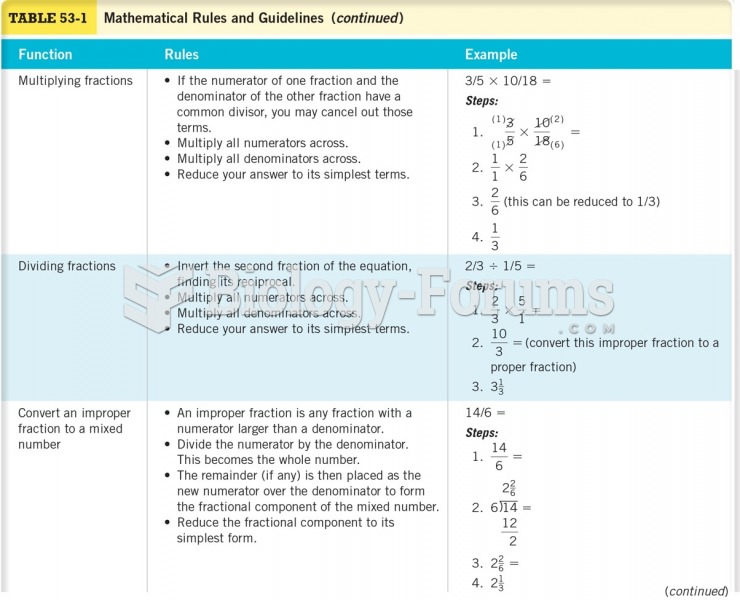Answer to Question 1
To select the best media, the retailer needs to remember the strengths and weaknesses of each medium and determine its coverage, reach, and frequency.
Coverage refers to the theoretical maximum number of consumers in the retailer's target market that can be reached by a mediumnot the number actually reached.
Reach, on the other hand, refers to the actual total number of target customers who come into contact with the ad message. Another useful term is cumulative reach, which is the reach achieved over a period of time.
Frequency is the average number of times each person who is reached is exposed to an advertisement during a given time period.
Different media can be evaluated by combining knowledge of the ad cost for a medium and the medium's reach and cumulative reach. The most commonly used methods for doing this are the cost per thousand method (CPM) and cost per thousandtarget market (CPM-TM).
The retailer should keep these guidelines in mind when deciding upon the timing or scheduling of advertisements received by the consumer:
Ads should appear on or right before the days when customers are most likely to purchase.
Advertising should be concentrated around the times when people receive their payroll checks.
If the retailer has limited advertising funds, then it should concentrate its advertising during periods of highest demand.
The retailer should time its ads to appear during the time of day or day of week when the best CPM-TM will be obtained. Many small retailers have discovered the advantages of late-night television.
The higher the degree of habitual purchasing of a product class, the more the advertising should precede the purchase time.
Many retailers use advertising to react to crises such as an unexpected buildup of inventory due to slow sales. The preceding rules are only suggestions based on conventional wisdom. Depending on the situation, a retailer may use a different scheduling plan to make the best use of its money.
Answer to Question 2
T







